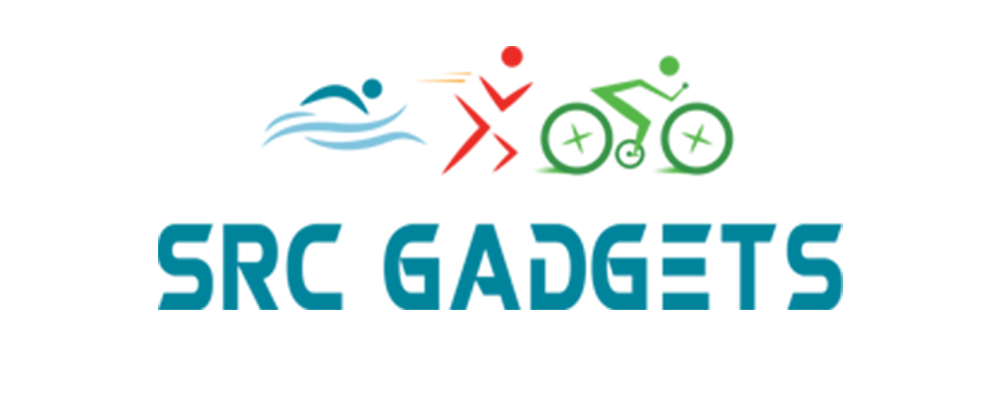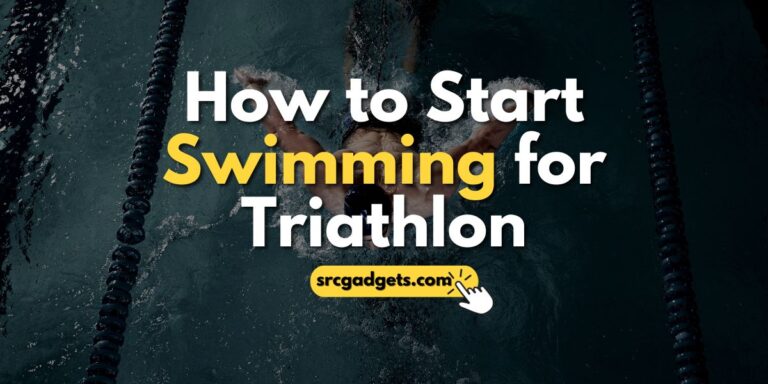20 Week Half Ironman Training Plan
Ready to boost your stamina and tackle an incredible challenge? Try our ’20 Week Half Ironman Training Plan‘! It’s perfect for beginners and gives you all the steps to succeed in one of the world’s most exciting endurance races.
Whether you want to test your limits or achieve a big goal, our plan guides you from start to finish. Let’s start this amazing adventure together!
Phase 1: Base Building (Weeks 1-4)
Establishing a Solid Aerobic Foundation
The first four weeks are all about building a strong base for aerobic exercise. If you’re new, this means getting used to regular aerobic exercises. We ll concentrate on steady exercises like long swims, bike rides, and runs at a pace you can keep up with. Always remember a strong foundation is very important for increasing your stamina.
Week 1 Breakdown: c
- Swim: Begin with two swimming sessions. Each session should be 30 minutes, focusing on your swimming technique.
- Bike: Do two cycling sessions, each lasting 45 minutes, at a comfortable speed.
- Run: Start with two running sessions, each 30 minutes long, maintaining a consistent, easy pace.
- Tip: Regular practice is more important than intense effort! Concentrate on establishing a regular exercise schedule.
Week 2: Building Up
- Swim: Add some basic drills to your swim practice to improve your technique.
- Bike: Increase to 1 hour at a steady, easy pace.
- Run: Introduce some gentle hill runs to build leg strength.
- Tip: Listen to your body. If you feel too strained, it’s okay to pull back a bit.
Week 3: Adding Variety to Your Training
- Swim: Include intervals – swim at a moderate pace for 5 minutes, then rest for 30 seconds.
- Bike: Try a different route to keep things interesting.
- Run: Go for a longer run; try up to 45 minutes.
- Tip: Changing things up helps keep you excited about your training!
Week 4: Assessment and Recovery
- Swim, Bike, Run: Keep the same structure, but focus on how you feel. Feeling less tired than the first week? That’s progress!
- Recovery: Add a day for stretching and light yoga.
- Tip: Recovery is as important as training.
Phase 2: Building and Peak Phases (Weeks 5-12)
Improving Stamina and Starting Speed Work
Now that you have a strong base, it’s time to boost your stamina and begin speed training. This phase will slowly increase the challenge of your workouts. It’s when you’ll truly begin to understand the core of Ironman training!
Week 5-8: Increasing the Difficulty
- Swim: Introduce some longer swims, up to 45 minutes, with a focus on maintaining a steady pace.
- Bike: Begin incorporating tempo rides, where you increase your effort for specific intervals.
- Run: Start doing interval training- alternate between fast and slow paces.
- Nutrition Tip: Start focusing on your diet. High-quality carbs and proteins are your friends.
Week 9-12: Peak Performance Building
- Swimming: If you can, swim in open water, like a lake or the sea. Try to swim like you would in a race.
- Cycling: Make your longest bike ride about 2 hours long, and keep a steady, moderate speed.
- Running: Your longest run should be around 1 hour. Try to keep a consistent speed during the run.
Phase 3: Sharpening and Tapering (Weeks 13-20)
Refining Skills and Preparing for Race Day
In this final training phase, you’ll improve your skills and prepare for race day. This phase is about being faster, more efficient, and practicing race-like conditions.
Week 13-16: Sharpening Your Skills
- Swim: Work on swim drills to become more efficient. Aim to swim the race distance at least once.
- Bike: Add short, intense bike rides to get faster.
- Run: Do track workouts to increase your running speed.
- Tip: Mix hard training with enough rest. Be smart about your training.
Week 17-20: The Tapering Begins
- All Disciplines: Slowly cut down your training. This helps your muscles recover and makes sure you’re at your best on race day.
- Mental Prep: Visualize your race. Go through each discipline in your mind and think of yourself as succeeding.
- Race Simulation: If you can, do a short triathlon to mimic race day.
- Nutrition: In the last week, eat more carbs to boost your energy.”
Pain Point and Race Day Strategies
Tackling Time Management and Injury Prevention
One of the biggest challenges in Ironman training is managing time and preventing injuries. Set a schedule that works for you and stick to it. Remember, quality over quantity. It’s better to train well than to train a lot. To stop injuries, always warm up and cool down. If you keep having small pains, think about going to a physiotherapist.
Race Day Tips
- Before the Race: Check your equipment, know the route, and plan your food and drinks.
- During the Race: Keep a steady pace. It’s easy to get too excited, but remember your training and follow your plan.
- After the Race: Be proud of yourself, no matter what. You’ve achieved something amazing!
Wrapping Up
This comprehensive 20-week plan outlines the key training phases and tips first-timers need to successfully prepare for and complete a half Ironman. By following the structured approach focused on building stamina, improving skills, peaking at the right time, and properly tapering, participants can feel confident in their preparation.
Stick to the plan, visualize success, and take it one mile at a time. You’ve got what it takes! Feel free to share your stories, questions, or advice below. Tell others about your experience! Share this article or your training progress on social networks to motivate others. For more tips and future updates, remember to sign up for our newsletter.



